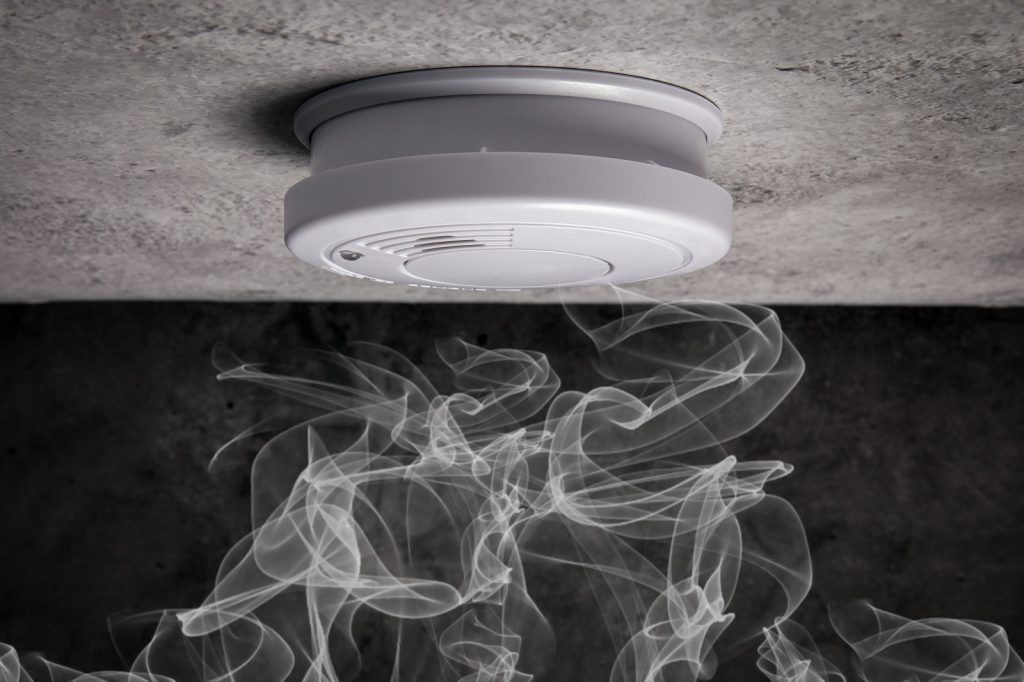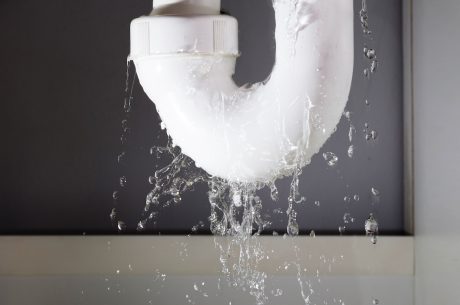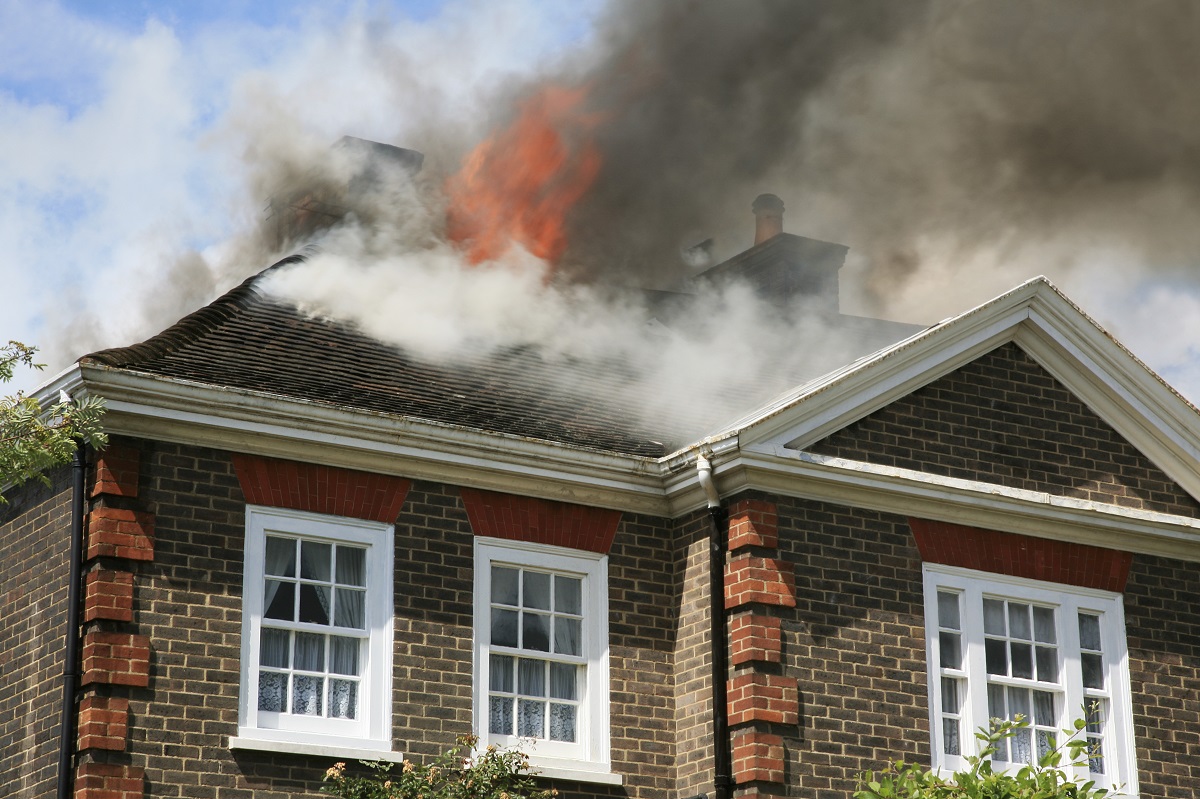
House fires can be emotionally and psychologically devastating. Because fire damage can take a toll on those affected, fire damage restoration professionals should always display sensitivity and understanding during this challenging time without sacrificing the quality of the job.
After a house fire, restoration professionals must fully address the disaster from start to finish. Several critical elements ensure the remediation has been conducted satisfactorily in the fire damage restoration process.
The steps below outline the approach that industry professionals take to mitigate fire damage properly.
Receiving the Homeowner’s Call
At this time, the restoration company triages the situation to determine the order of priorities and attention needed. This moment is critical for gathering information to ensure the damage is assessed and estimated correctly.
The initial conversation can begin along the lines of: “Thank you for choosing to call us. We understand your property has experienced fire damage. I’d like to ask you a few questions that will help us assess the situation to begin the restoration process.”
Questions That Are Commonly Asked During the Initial Call:
- When did the fire occur?
- What was the cause of the fire?
- Did the fire infiltrate through the house?
- Is there soot and fallout in your home?
- Have you or anyone else attempted to clean up some of the damage?
These questions allow the professional to analyze the extent of the job: its size, the severity of soot, and the customer’s immediate need. Based on this preliminary analysis, the restoration company will know what to expect and how to remove the damage from the home.
What is Smoke?

Smoke is unburned hydrocarbons that deposit on ceilings and horizontal, flat surfaces. Usually, 70 percent of these hydrocarbons remain on horizontal surfaces, and 30 percent are deposited on walls and ceilings. Based on this knowledge, the professional asks what type of fire took place and explains the three basic types of fires. They are the following:
- Petroleum fires ignite from flammable liquids and gases.
- Common combustible fires derive from wood, paper, or cotton.
- Protein fires are the result of cooking agents such as oils, fats, and meat.
Each fire produces different residues. A petroleum fire’s compound is sticky and smudgy, while a common combustible fire’s deposit tends to be drier. Protein fires have a pungent smoke odor and are yellow. These fire and smoke damage emergencies will require specific strategies to eliminate the damage effectively.
Can Homeowners Help with the Smoke Damage Cleanup?
Before the fire restoration company arrives, the homeowner can begin the fire damage cleanup. Yet, they need to know what specialized equipment and tools are required to clean up efficiently. Injuries and further damage are the last things a homeowner wants to deal with at this time.
First of all, you should wear a proper N-95 particulate respirator to avoid inhaling soot particles and dust. You can find these respirators at hardware stores. Also, wear protective clothing such as rubber gloves, long sleeves, and long pants.
Homeowners can clean fixtures, countertops, sinks, faucets, toiletries, showers, and anything that everyday cleaners can wash. Leave the cabinets to the professionals, however. Many of them are made of wood, a porous material requiring precise cleaning solutions.
The property owner can also pre-vacuum their carpets before the remediation/mitigation company’s arrival if they so choose.
Traveling to the Site to Inspect and Pre-Test
For the inspection and pre-testing phase, professionals bring a spotting kit. They will also have prepared industry-standard paperwork to discuss the severity of the damage and expectations with the property owner.
Upon arrival, it will be necessary to inspect the damage with the homeowner and perform pre-testing. The latter helps put the client at ease by highlighting the fire damage restoration company’s expertise.
Professionals will also ask the homeowner to explain what they see and allow them to voice their concerns. After inspection, the restoration professionals go over the required paperwork with the customer. The paperwork features the following information:
- The customer information form
- The authorization for the remediation/mitigation company to perform their services
- Material safety data sheets
- The fire damage information form outlining the date the fire restoration job begins, the do’s and don’ts, and details about the cleaning agents used. The paper also addresses and identifies the customer’s personal items, such as jewelry, heirlooms, and documents, and alerts the mitigation team of contents that cannot be destroyed, tampered with, or lost.
Scoping and Estimating the Job

The professionals will summarize what’s been found to the homeowner when the scope is finished. The scoping document will later serve as the estimate.
Before scheduling the work, the professional makes sure all documents have been thoroughly read and signed by the customer. They will also verify if the property owner has coverage by contacting the insurance adjuster.
After the professional has completed the site visit, they will call the adjuster, inform them of their findings and the expected costs, and provide a reasonable date for an estimate.
Activating the Work Order
Once the completed scope and estimate are in order, the professional can consider the document a work order. The technician who performs the service will sign the work order, whether they conduct the wall-washing, window-tasking, or whatever task is due to be completed.
The Fire Damage Restoration Services
After everything has been discussed and signed, it’s time for the restoration company to provide the fire cleanup services. The steps include:
- Handling of contents — The technicians first move or remove items from the property.
- Protecting the property — Boarding and roof traps will be installed, if necessary.
- Water removal and drying — The excess water and moisture from extinguishing the fire are thoroughly dried and eliminated.
- Removing smoke and soot residue — Soot cleanup from all surfaces of the property is then conducted.
- Cleaning and sanitization — The property is sanitized with special disinfecting solutions.
- Property reconstruction — This is the final step, although not all restoration companies provide this service.
After the Job
After the fire damage restoration process is complete, the professional will walk through the home and ensure the job has met the homeowner’s expectations. The customer should verify everything by reviewing the days of service.
The client will be asked to sign a certificate of satisfaction, which states to the homeowner and insurance company that everything has been completed. The homeowner will then receive a copy from a three-part form, one for the following: restoration vendor, homeowner, and the insurance provider/source handling the expenses.
Reviewing With the Adjuster
The restoration company will tell the adjuster that the certificate of satisfaction has been completed. They will also communicate to the adjuster any particular concerns the homeowner might have with the company’s service or any pre-existing conditions in the home.
By following the fire damage restoration process above, professionals can ensure that everything is handled correctly from start to finish, eliminating and reducing the stress on homeowners during this difficult time.
For Fire Damage Restoration, Call the PuroClean Certified Professionals!
PuroClean of Massapequa’s fire damage restoration process is designed to minimize the fire and water damage to your home or business. We work quickly and efficiently to get you back on your feet as soon as possible.
If you have questions or would like more information about our fire damage restoration services, please call us at (516) 604-1200.




 PuroClean of Massapequa
PuroClean of Massapequa